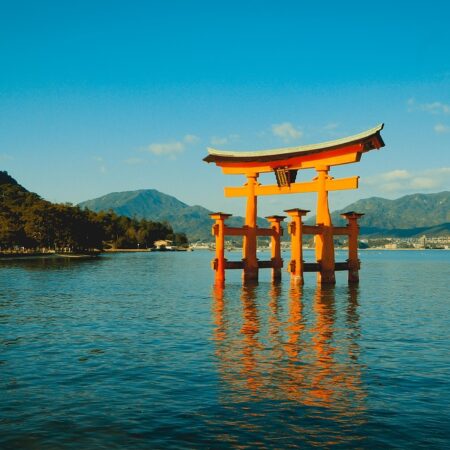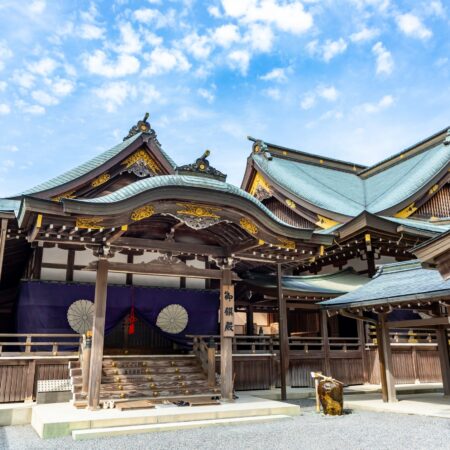Have you ever visited Kamakura? There are many attractions to enjoy, such as Tsurugaoka Hachimangu Shrine, the Great Buddha, Hokokuji Temple with its famous bamboo grove, and Meigetsu-in Temple, known for its hydrangeas. Additionally, you can take in the photogenic Kamakura High School Station and Yuigahama Beach. Moreover, Kamakura was once the political center of Japan and the location of the country's first shogunate. Why was the shogunate established in Kamakura? In this article, we will thoroughly introduce the rich history and many attractions of Kamakura.
History of Kamakura
The history of Kamakura begins more than 10,000 years ago, when people from the Paleolithic period walked the land. Stone tools discovered behind Mount Awafune provide evidence that this area has been inhabited for centuries. Over the periods of Jomon, Yayoi, and Kofun, Kamakura has layered various cultures.
In the Heian period, Minamoto no Yoriyoshi entered this land as the governor of Sagami Province. He invited the deity of Iwashimizu Hachimangu from Kyoto and established Tsurugaoka Hachimangu Shrine, marking the deep connection between the Minamoto clan and Kamakura. The history of the Minamoto clan, including Minamoto no Yoshiie and Minamoto no Yoshitomo, became etched in Kamakura.
At the end of the 12th century, Minamoto no Yoritomo defeated the Taira clan and established the Kamakura shogunate. This marked the beginning of a new chapter in Japanese history. For the first time, a political system was established where samurai governed the country, with Kamakura at its center.
The establishment of the Kamakura shogunate signified the start of a "warrior government," marking a significant shift from the previously aristocrat-centered politics. The shogunate organized samurai called "gokenin" to strengthen control over the regions and secured their loyalty by granting them land. They also established the "Goseibai Shikimoku" as a legal system to maintain order in samurai society. Kamakura in the Kamakura period flourished not only as a political center but also as a cultural hub. During this era, the ethics of "Bushido" were formed, and Zen Buddhism was introduced to Japan, gaining wide acceptance among the samurai class. The establishment of many Zen temples in Kamakura led to its cultural development.
However, times changed, and in 1333, the shogunate was overthrown by Nitta Yoshisada, ushering in the Muromachi period. When Ashikaga Takauji established the Muromachi shogunate, the Kamakura government was set up in Kamakura, maintaining a brief period of prosperity before eventually transforming into a village centered on agriculture and fishing.
In the Edo period, Kamakura regained attention. The restoration of temples and shrines, and the enjoyment of historical tours were passed down, and with the compilation of "Shinpen Kamakurashi," Kamakura established its status as a tourist destination. In the Meiji period, with the opening of the Yokosuka Line, Kamakura began to shine as a town where cultural figures gathered and as a resort area. Despite surviving the Great Kanto Earthquake, Kamakura continued to attract many people with its history, culture, and natural beauty.
Today, this ancient city attracts 20 million visitors annually, offering a blend of over a thousand years of history with a fresh sense of modernity. The story of Kamakura is an eternal tale that weaves from the past to the present and into the future.
Highlights of Kamakura
Next, let's explore the highlights of Kamakura. Kamakura offers a variety of attractions, from historical sites to natural beauty, allowing visitors to enjoy it from multiple perspectives.
Tsurugaoka Hachimangu Shrine
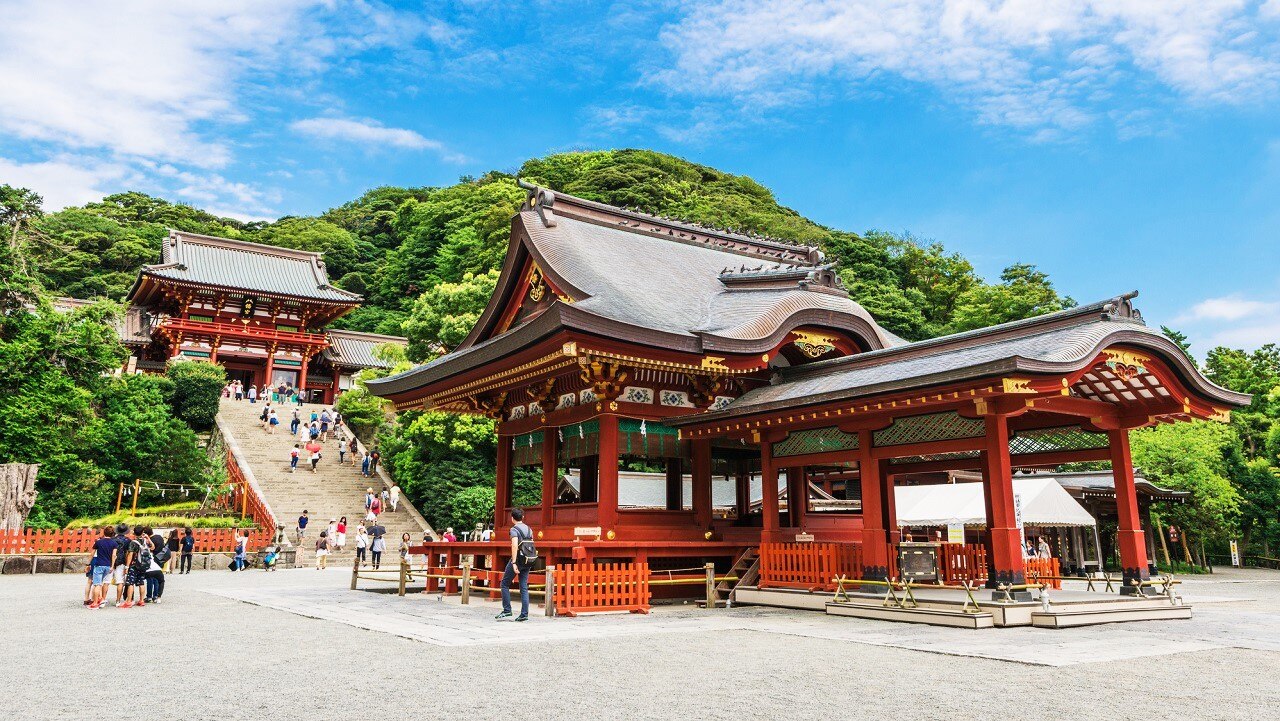
Tsurugaoka Hachimangu Shrine was established around 850 years ago in 1180, embodying the strong will of Minamoto no Yoritomo and enveloped by the waves of history. Yoritomo, who controlled the Kanto region, relocated the Hachimangu shrine to its current location to symbolize his deep connection with his ancestors, thus founding Tsurugaoka Hachimangu. It is said that Yoritomo progressed with the shrine's construction to pray for the safe delivery of his wife, Hojo Masako, as Kamakura developed.
Following the establishment of the Kamakura shogunate, Tsurugaoka Hachimangu became deeply revered as the guardian deity of Kamakura samurai, serving as a spiritual anchor for the warriors. Although the shrine lost some of its vibrancy after the shogunate's fall, it was revived in the Edo period under the protection and efforts of successive shoguns, including Tokugawa Ieyasu, who undertook extensive repairs and reconstructions of the shrine's buildings.
Over time, especially from the Edo period onward, Tsurugaoka Hachimangu also gained attention as a tourist destination. The beautiful shrine grounds, its grand history, and the natural beauty of Kamakura attract numerous visitors from Japan and abroad. Today, Tsurugaoka Hachimangu remains one of the most popular spots in the Kanto area, cherished by many throughout the year.
(Image Citation: skyticket)
The Great Buddha of Kamakura at Kotoku-in

The Great Buddha of Kamakura at Kotoku-in Temple is one of Japan's most iconic cultural treasures, quietly standing in the historically rich city of Kamakura. This cast bronze statue, with gilded bronze plating, was commissioned in 1252 to pray for the peace of the samurai government and the populace. Though the creator remains unknown, the statue's unique presence reflects the sculptural beauty characteristic of the Kamakura period, influenced by the Kei school and Chinese sculptors from the Song dynasty. Its gentle smile and the way it blends into Kamakura's natural surroundings continue to captivate many visitors.
The Great Buddha of Kamakura weighs approximately 121 tons, stands 11.31 meters tall, and reaches 13.35 meters including its base. This impressive size overwhelms those who visit. It is counted among Japan's three great Buddhas and is the only National Treasure in Kamakura, signifying its immense value.
The statue is depicted in the "Jo-in" gesture, which represents the highest level of enlightenment and deep meditation. Additionally, the Buddha features the "Thirty-two Marks of a Great Man," which are said to include characteristics such as indigo-blue eyes, a white tuft of hair between the eyebrows (urna), and spiral-shaped curls of hair (ushnisha). These features symbolize the Buddha's profound wisdom and enlightenment.
(Image Citation: 鎌倉市観光協会)
Meigetsu-in Temple
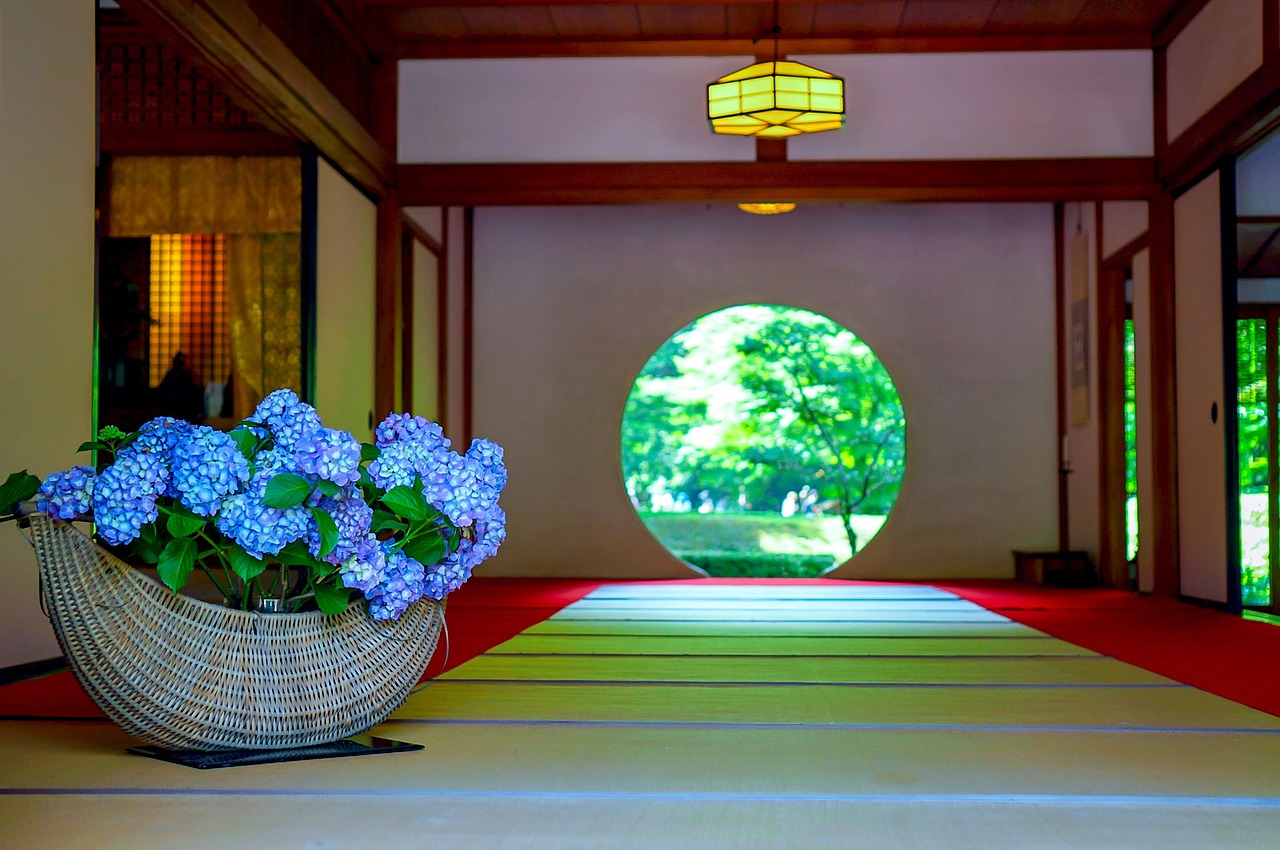
Nestled in a tranquil corner of Kamakura, Meigetsu-in Temple, also known as the "Temple of Flowers," was founded in 1160. Originally named Meigetsu-an, it was later transformed into Saimaiji by the eighth regent Hojo Tokimune, and eventually became a sub-temple of Zenko-ji, adopting the name Meigetsu-in. After Zenko-ji was abolished in the early Meiji period, Meigetsu-in remained and has continued to captivate visitors to this day.
The most iconic beauty of Meigetsu-in is undoubtedly its overwhelming display of hydrangeas. With approximately 2,500 hydrangea plants blooming in unison during the rainy season, this temple is famously known as the "Hydrangea Temple." Visitors are drawn into a magical world of blue and purple hues. However, the allure of Meigetsu-in extends beyond just hydrangeas.
Known as the "Temple of Flowers," Meigetsu-in showcases a variety of flowers throughout the seasons. In spring, weeping cherry blossoms envelop visitors in a sea of pink. These cherry blossoms maintain their beauty even in the rain, with raindrops creating a mystical atmosphere as they fall on the petals. In summer, irises and mountain lilies bloom, followed by maple leaves and spider lilies in autumn. Winter brings wintersweet and plum blossoms, offering a beautiful array of natural changes for visitors to enjoy year-round.
With its long history and ever-changing floral displays, Meigetsu-in is a hidden gem in Kamakura. Visiting this temple allows people to experience the essence of Japan's nature and culture.
Kamakura High School Station
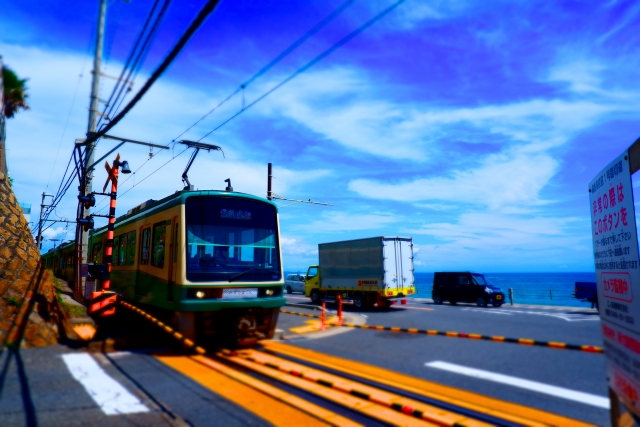
Enoshima Electric Railway, commonly known as "Enoden," features Kamakura High School Station, named for its proximity to Kamakura High School. It is the seventh station from Kamakura on this line. The station is renowned for its incredibly close distance to the sea; from the benches on the platform, one can enjoy breathtaking views of the blue ocean and the horizon right in front. This picturesque scene leaves an unforgettable impression on visitors, as if they were looking at a painting.
The station gained additional fame for appearing in the opening scene of the hit manga "Slam Dunk." As a result, many anime fans from Japan and abroad visit the station, with the nearby railroad crossing being a popular photo spot. For fans, it feels like stepping into a scene from the story, making it a special place.
One of the delights of visiting Kamakura is traveling by Enoden. Especially with the "Nori Ori-kun" day pass, which costs 800 yen for adults and 400 yen for children, you can enjoy unlimited rides on the Enoden for the entire day. This pass also comes with various benefits at restaurants, the New Enoshima Aquarium, Hasedera Temple, and other facilities, enhancing the Kamakura sightseeing experience.
Hokokuji Temple
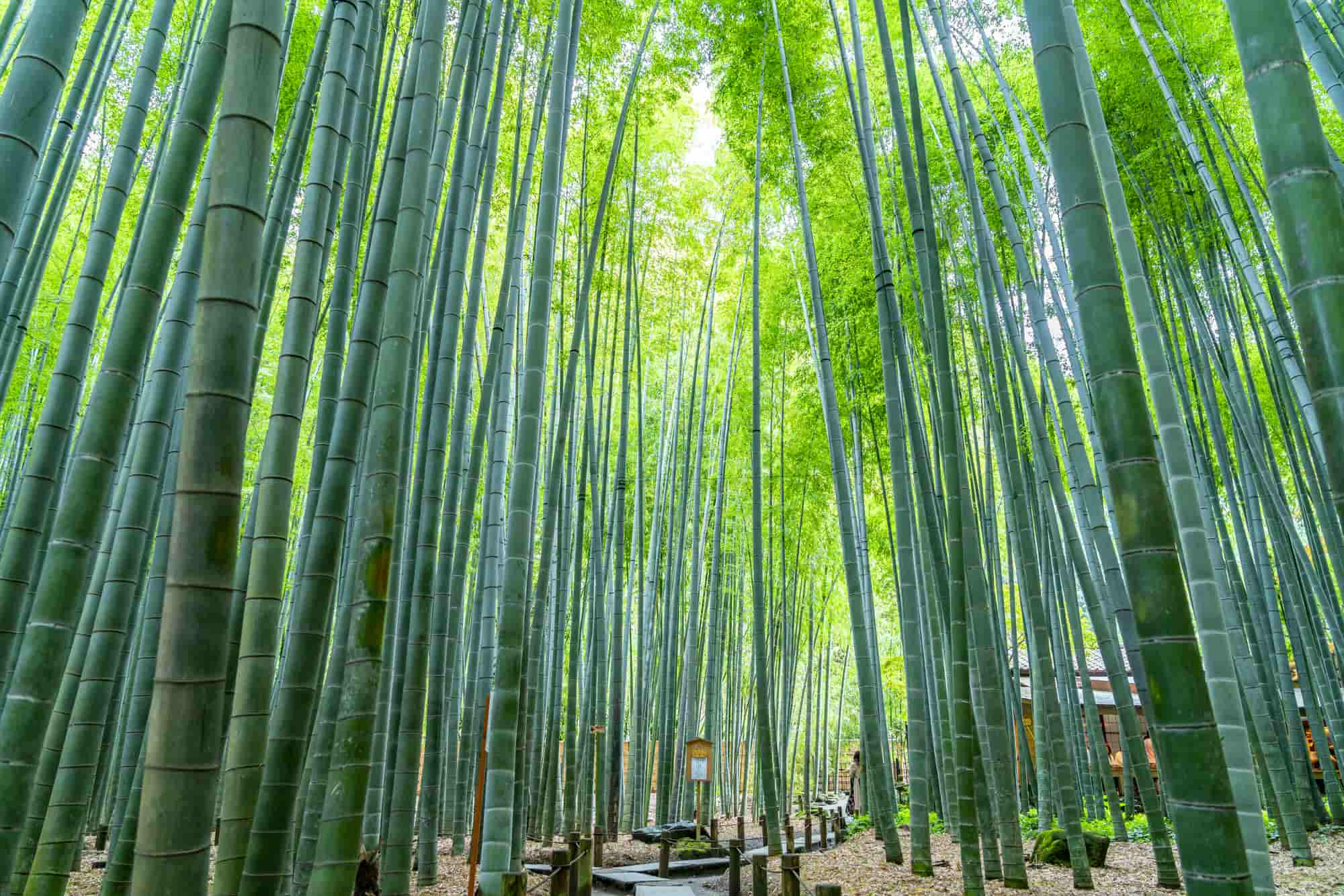
Hokokuji Temple, located in Kamakura, is widely beloved as the "Bamboo Temple" for its serene beauty. Recognized with a three-star rating in the Michelin Green Guide Japon, this temple is highly regarded both domestically and internationally. Many visitors come to admire its stunning bamboo grove. With approximately 2,000 bamboo stalks growing within the temple grounds, the grove offers an overwhelming presence and a sense of tranquility. The garden, filled with negative ions, provides a perfect setting to enjoy a cup of matcha tea, making the experience exceptionally special.
However, the charm of Hokokuji Temple extends beyond its bamboo grove. The temple is also known for its beautiful flowers, moss, and traditional Japanese garden. Additionally, the temple grounds house the graves of the Ashikaga clan, making it a significant historical site that tells the story of Kamakura's long history.
Established in 1334, Hokokuji Temple is also known as the family temple of notable samurai families such as the Ashikaga and Uesugi clans. The renowned author Yasunari Kawabata once lived nearby and was known to stroll through Hokokuji and its surroundings. The "Yakuimon" gate at the temple's entrance leads to a gentle path that feels like an entrance to another world, offering a beautiful and welcoming sight.
(Image Citation:The Gate)
Yuigahama Beach
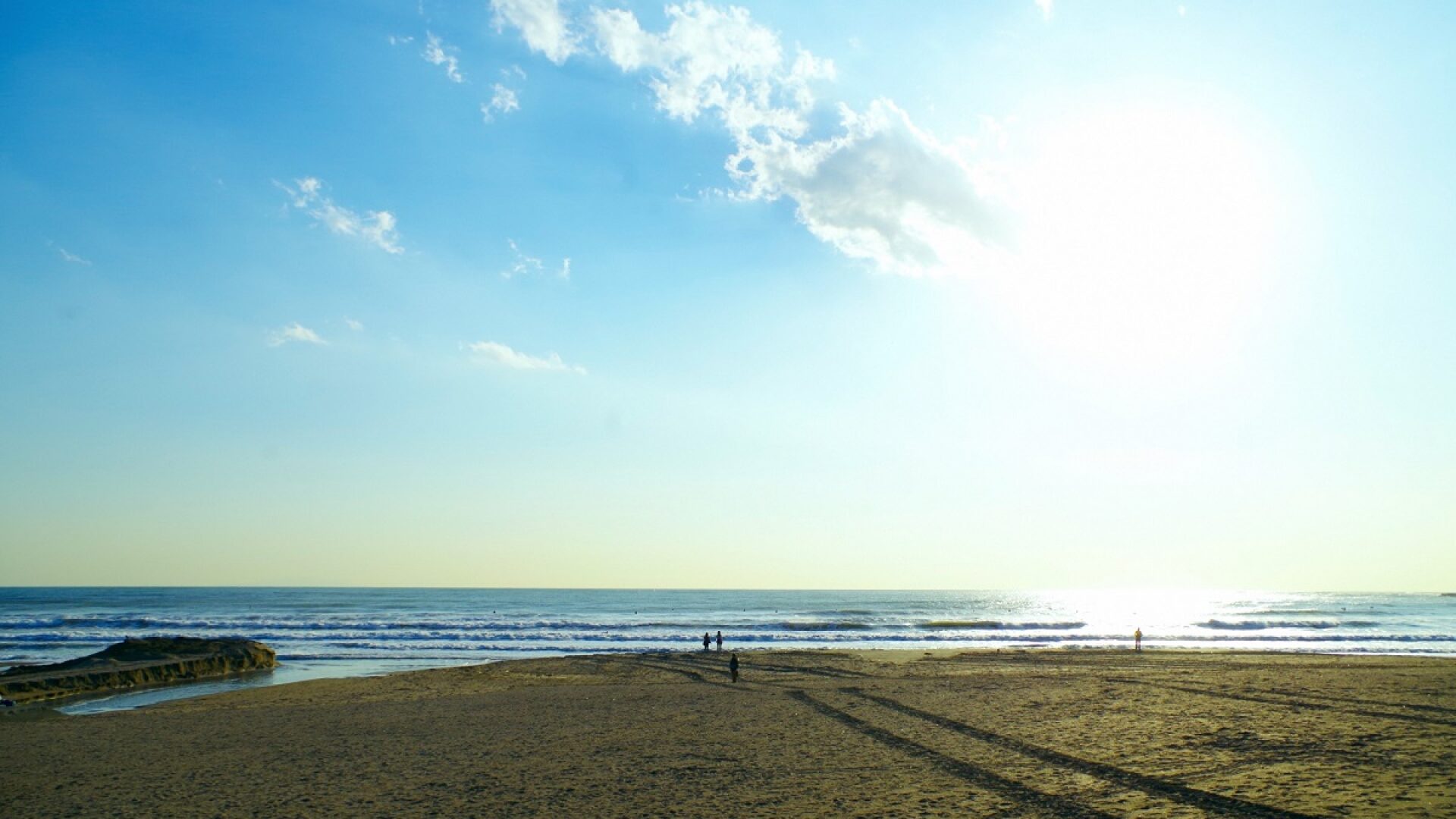
Yuigahama Beach is one of Kamakura's most iconic coastlines, known for its beautiful scenery and historical charm, attracting many visitors. It is easily accessible on foot from Kamakura Station and just a few minutes from the Enoden "Yuigahama Station," making it a convenient destination. Since the Meiji era, Yuigahama has been cherished as a seaside resort. In the summer, stylish beach huts line the shore, and the beach is bustling with people enjoying the beach life.
The appeal of Yuigahama extends beyond just swimming. Along the coast, there are numerous restaurants and cafes where you can enjoy a meal while taking in the stunning ocean views. The beach offers a perfect setting for a romantic evening, with the sea bathed in the colors of the sunset. Additionally, the area has well-developed rental bicycle services, allowing visitors to ride along the coastline and feel the breeze. This is another way to enjoy Yuigahama, offering a sense of exhilaration while closely experiencing the beauty of the sea.
(Image Citation: Kanagawa Travel Info)
Trivia about Kamakura
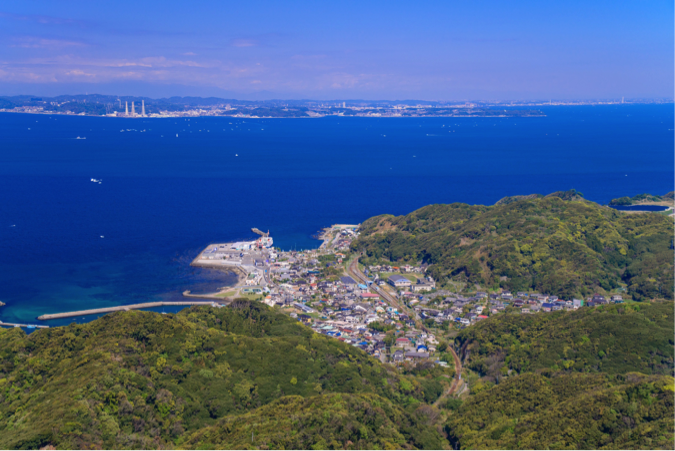
Kamakura is filled with various anecdotes and fun facts that add to its charm. Knowing these can make your visit even more interesting.
Why Kamakura Was Chosen as Capital
Why was Kamakura suddenly chosen as the political center, especially when Japan's political heart had traditionally been Kyoto? Several factors contributed to this decision. Firstly, Kamakura had a significant connection to the Minamoto clan. Minamoto no Yoriyoshi established Tsurugaoka Hachimangu Shrine in the mid-11th century, making Kamakura an important location for the Minamoto warriors.
Additionally, Kamakura's geographical features made it an ideal defensive location. It is naturally fortified, with the sea to the south and mountains surrounding the other three sides. The northern entrance is accessible only through narrow passes called "kiritoshi," making large-scale attacks difficult. Being by the sea also gave Kamakura strategic access to maritime routes through Sagami Bay, enhancing its economic and logistical advantages.
Kamakura's position was also crucial for sea transportation in the eastern regions. Its open access to the sea not only provided defense but also facilitated transportation and economic activities. This maritime route played a significant role in expanding influence into inland areas. Due to these historical and geographical reasons, Kamakura was chosen as the political center for the samurai government.
(Image Citation: HISTORISTO)
Why the Great Buddha Was Built
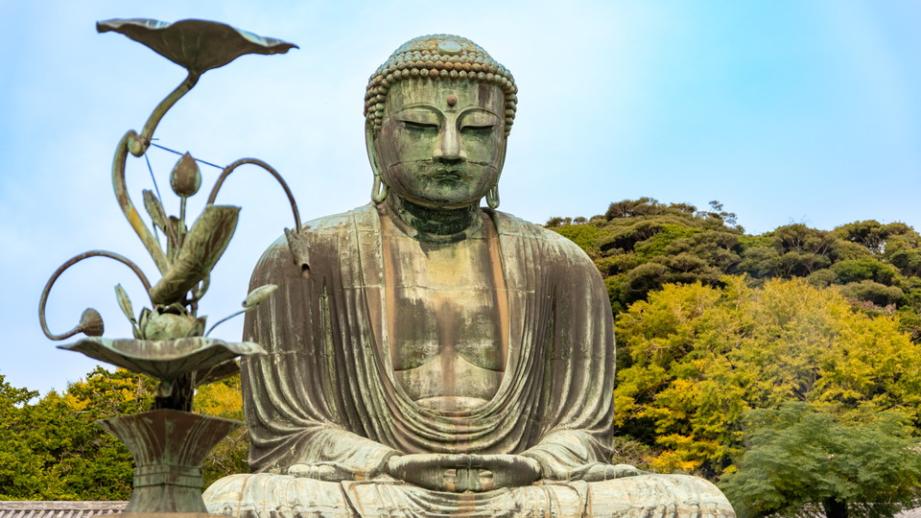
The Great Buddha of Kamakura (Kamakura Daibutsu) is one of Japan's most significant and beloved Buddhist sculptures, both historically and artistically. This grand seated statue of Amida Buddha, made of bronze, stands about 11.4 meters tall and is particularly famous among Japanese Buddhist statues. But what historical significance lies behind the creation of this Great Buddha?
During the Kamakura period, Japan faced invasions from the Mongol Empire twice, known as the Mongol invasions (Genko). These external threats heightened the need for domestic unity and deepened the people's devotion to Buddhism. Additionally, society at the time was plagued by natural disasters and famines, leading people to seek spiritual support and stability in an uncertain era.
The construction of the Great Buddha was initiated against this social and political backdrop, aiming to provide hope to the people and to pray for the protection of the country and the well-being of its citizens. Amida Buddha is believed to preside over the Western Pure Land (Sukhavati), and the faith in being welcomed into this paradise after death was widely accepted. The Great Buddha of Kamakura embodies the people's faith and aspirations for peace and spiritual solace during those turbulent times.
(Image Citation: 楽天Travel)
"Bakufu" is a Retrospective Term
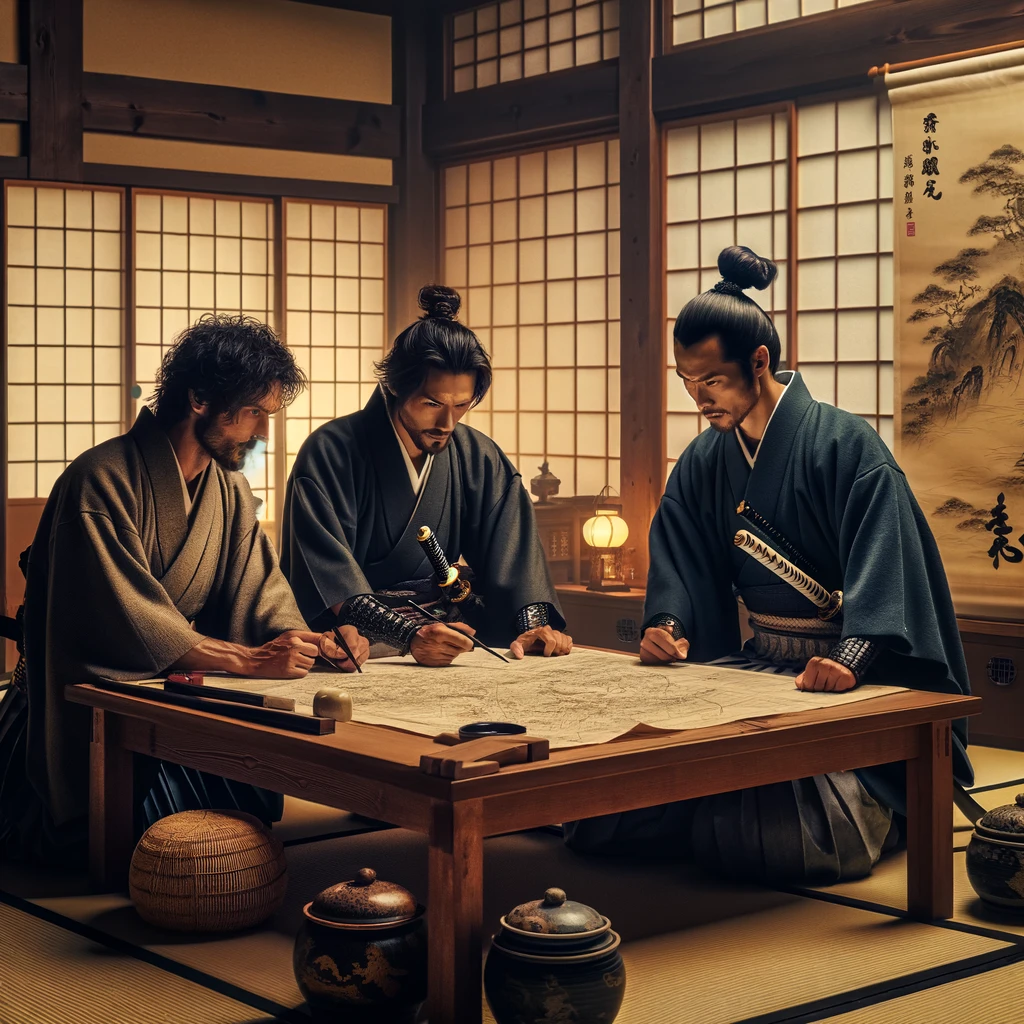
In Kamakura, Japan's first samurai government was established, known as the shogunate. However, the term "bakufu" was not actually used during the Kamakura or Muromachi periods. Despite its association with samurai rule, the term only came into widespread use around the mid-Edo period. The word "bakufu" originally comes from China's military system. In China, generals had the authority to set up a "bakufu" as a base for commanding their troops. This "bakufu" served as both a military headquarters and a temporary political center during expeditions.
Considering this meaning of "a temporary political center," scholars in the Edo period began to use the term "bakufu" to refer to the headquarters of samurai governments in Japan. Names like the Kamakura Bakufu or Muromachi Bakufu were terms used retrospectively by later generations for convenience; the people of those times did not use these names for their governments.
In the case of the Kamakura Bakufu, Minamoto no Yoritomo established his political center in Kamakura after gaining authority as the "Seii Taishogun" (great general for subduing barbarians). Later generations started using the term "bakufu" to describe this new form of samurai government. Thus, the term "bakufu" became used in Japanese history to refer to the samurai governments of specific periods.
You Can Actually Enter the Great Buddha
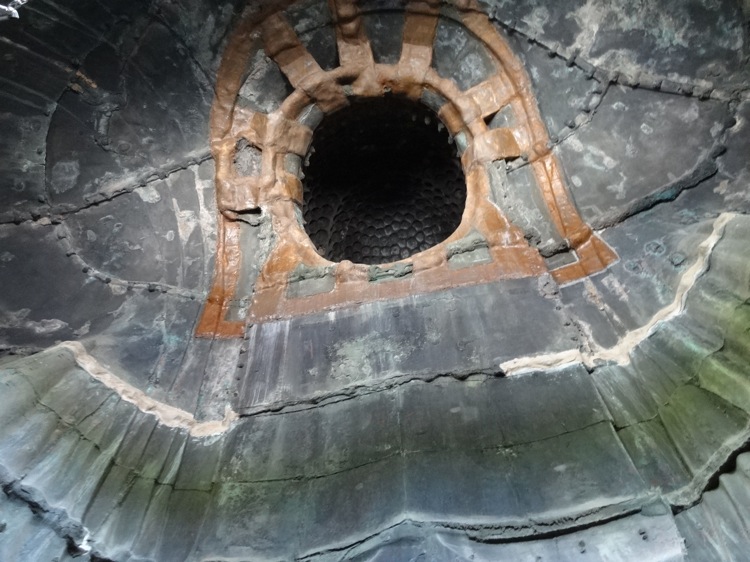
Did you know that for an additional 20 yen, you can enter the Great Buddha of Kamakura? The interior of the statue is hollow, allowing visitors to explore inside. For this modest fee, you can step inside the statue and observe the casting techniques used to create it. The grid patterns on the walls reveal the process of casting the statue in approximately 40 separate parts, which were then assembled using sophisticated techniques from the period. The Kamakura Daibutsu is constructed from seven body parts and eleven head parts, showcasing the advanced craftsmanship of the time.
Interestingly, the hollow interior of the Kamakura Daibutsu has a history of being used for rather irreverent activities. During its early years, the statue's interior was used as a rendezvous spot for couples, a place for gambling, and even a shelter for the homeless seeking warmth. Despite these uses, the Great Buddha is designated as a National Treasure. It's quite surprising to learn that you can actually enter the interior of such an important cultural monument. The fact that the impressive Kamakura Daibutsu is hollow inside adds an unexpected layer of intrigue to this historic statue.
(Image Citation:MATCHA)
Summary
How was it? We've introduced the history of Kamakura. You can enjoy historical sites such as Tsurugaoka Hachimangu Shrine, the Great Buddha, and Meigetsu-in Temple. Additionally, you can take in the photogenic scenery at Kamakura High School Station and admire the sea at Yuigahama Beach. Knowing that this area once housed the shogunate and was the center of Japan adds another layer of enjoyment to your visit to Kamakura.
Our site also features fascinating articles about Japanese history and culture beyond Kamakura. If you're interested, please check out our other articles as well!



